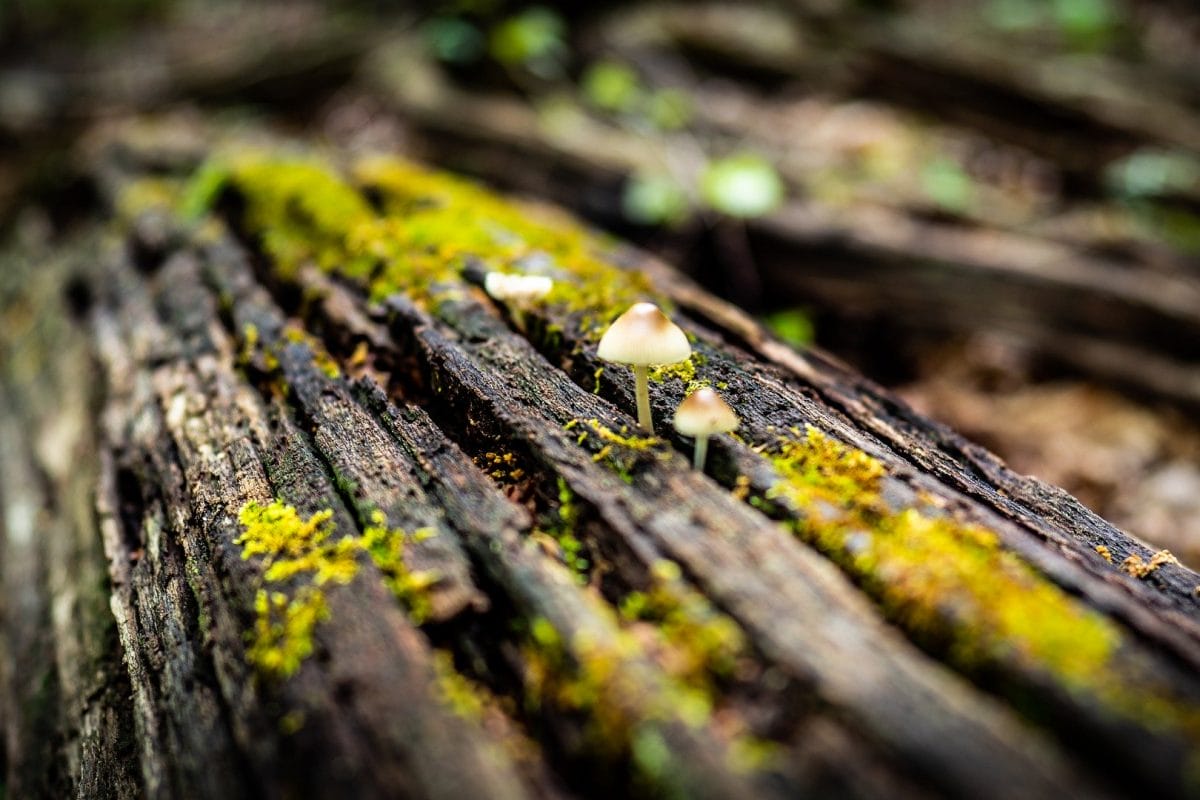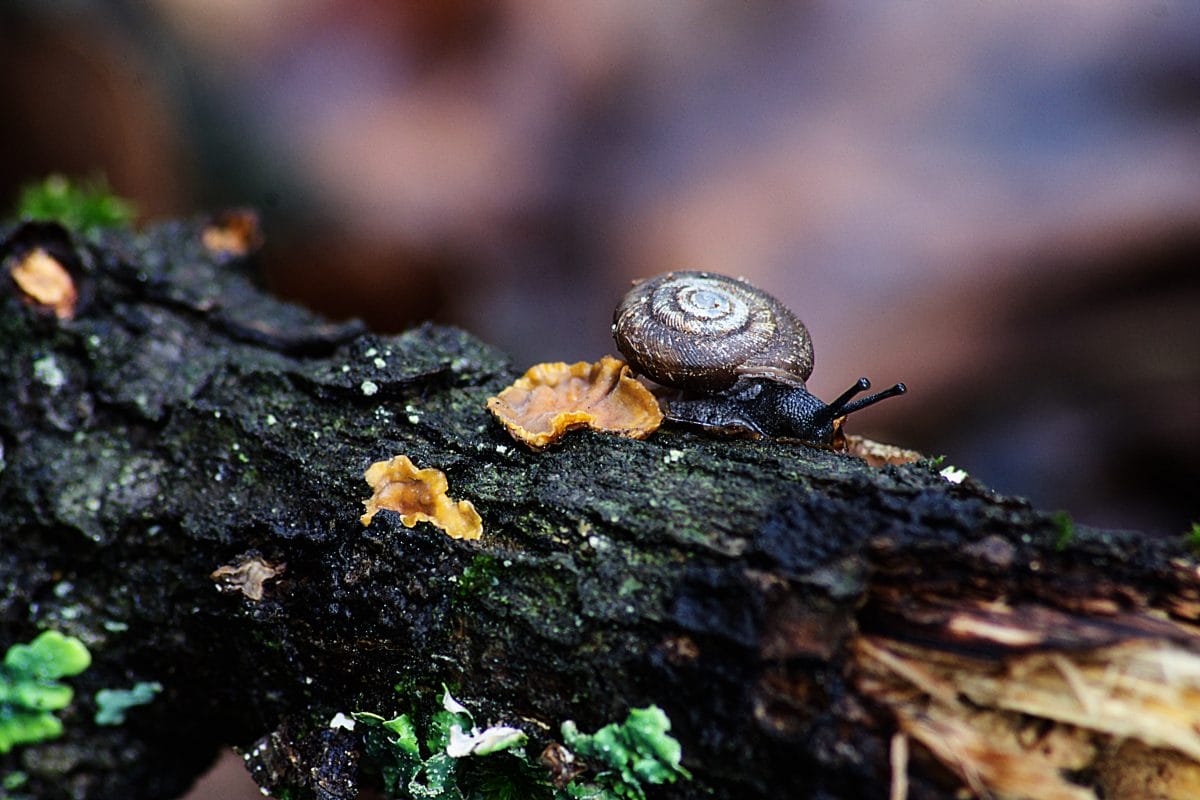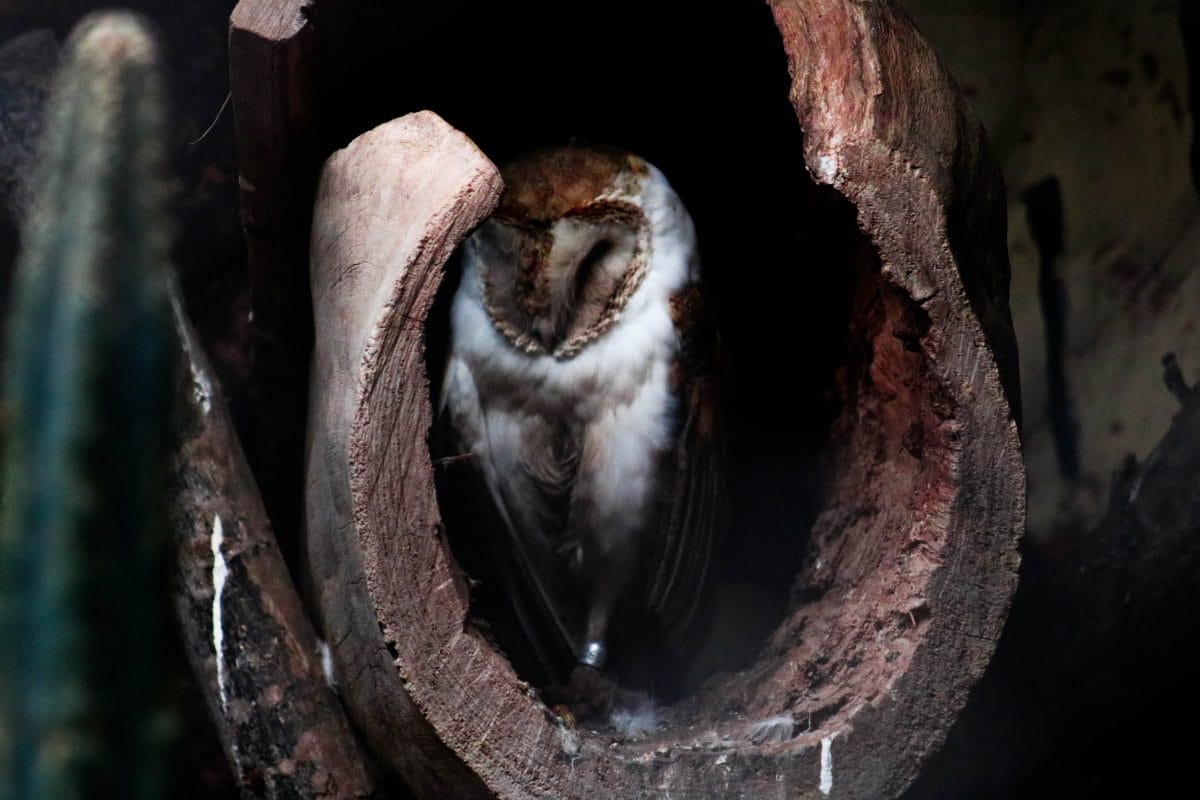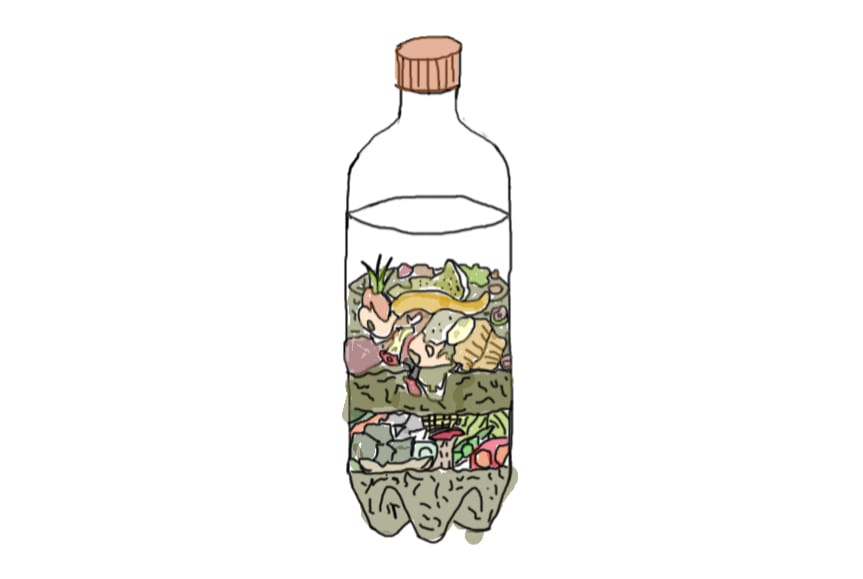You can make a Nature Notebook and use it to complete the mini-challenges, or just use a regular piece of paper or notebook.
Meet nature’s recyclers!
Some creatures known as decomposers can turn dead plants and animals back into food and energy for new plants and animals.
Likewise, humans can also turn rubbish back into reusable materials!
Lichens, mushrooms, sowbugs, earthworms and beetles spend their whole lives recycling for nature.
Mini-challenge
Go on a hunt to find some decomposers. How many different ones can you find and can you identify them all?
If you have a smartphone download the iNaturalist app at www.inaturalist.org to help you find out about the different creatures you might see.


Time machine
How do different creatures help wood decay?
Raccoons, squirrels, owls and woodpeckers like trees that are beginning to decay. They use big holes as homes.
Spiders like old logs that are at the half-way stage of decaying because they are home to lots of other bugs to capture and eat.
Earthworms, slugs, and snails like trees in the final stages of decay when the trees are changing to soil. The new forming ground is moist, loose and rich in nutrients.
Mini-challenge
Go on a hunt for rotting logs! Try going back regularly to watch the different minibeast recyclers over time.
Also, remember to roll logs back to where you found them, otherwise, the minibeasts under them might end up as a bird’s dinner!


Become a composter!
You can help reduce the amount of food waste by using your old vegetable peelings to create a kind of plant food called compost. Have a go at making your own mini-bottle composter.
- Cut around the neck of a plastic bottle to make a wider neck hole (ask a grown-up to help you do this).
- Add a layer of garden soil to the bottom of the bottle around 2cm-4cm deep.
- Add a layer of peelings from leftover fruits and veggies. Repeat this layering pattern until your bottle is full.
- Finally, add another layer of soil and a layer of grass clippings or leaves at the top.
- Dampen the materials in your bottle with a little bit of water. Tape the top of the bottle to keep the moisture in.
- Let the magic begin! Check your bottle once a week to see how things are changing.
- When ready, use the compost on your house plants!
